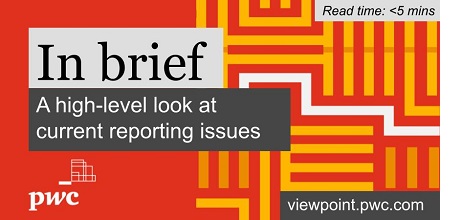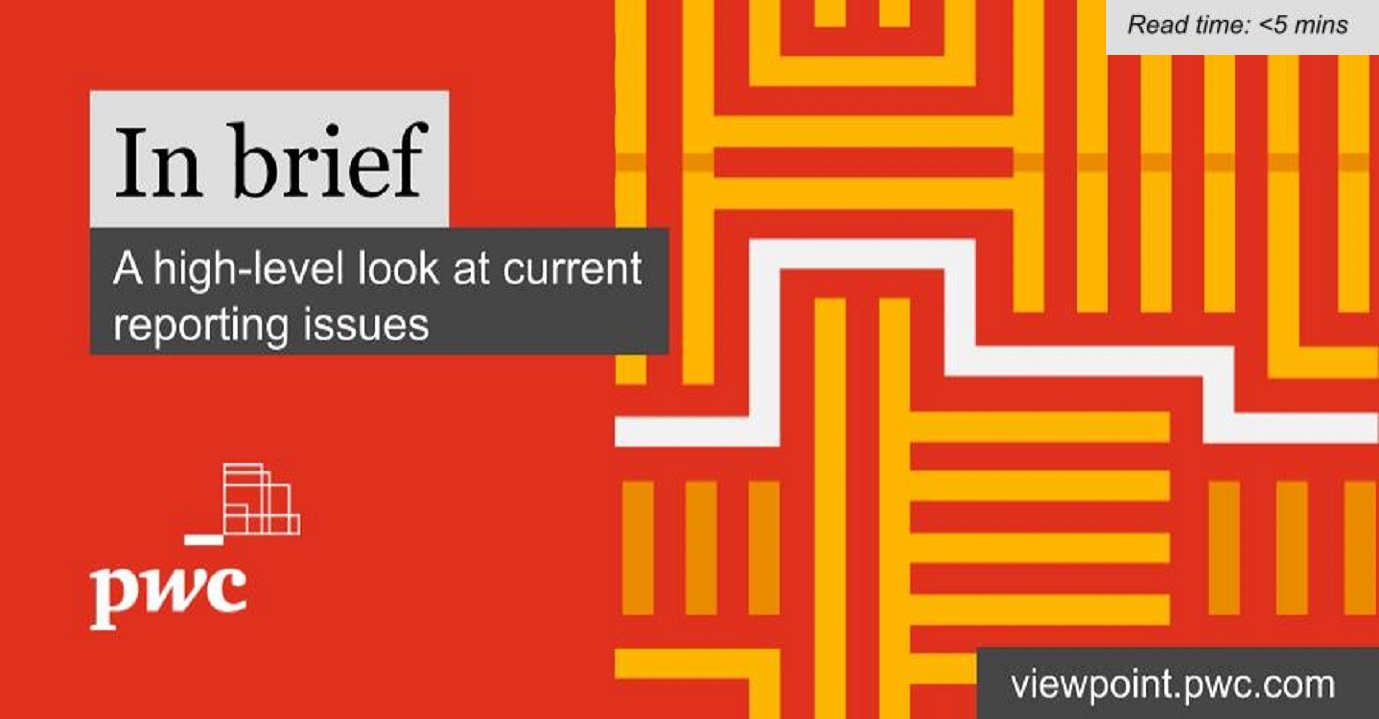Key points
The International Sustainability Standards Board (ISSB) issued its first two sustainability reporting standards on 26 June 2023. This included:
What is the issue?
The ISSB™ mandate is to develop and issue a comprehensive global baseline of sustainability reporting standards (IFRS Sustainability Disclosure Standards) for consistent, comparable and high-quality sustainability reporting designed to meet investor needs. IFRS S1 and IFRS S2 are the first of these standards to be issued.
The IFRS Sustainability Disclosure Standards are structured on the Task Force on Climate-Related Financial Disclosures four-pillar approach: governance, strategy, risk management, and metrics and targets.
IFRS S1 requires entities to disclose information about its sustainability-related risks and opportunities that is useful to primary users of general purpose financial reporting in making decisions relating to providing resources to the entity. In order to meet this objective, entities need to have an understanding of the resources it relies on and the relationships along its value chain. This is because the entity’s relationships and interactions with stakeholders, society, the economy and the natural environment throughout its value chain, is inextricably linked to the ability of the entity to generate, amongst other things, cash flows over the short, medium or long term.
Sustainability-related risks and opportunities may influence an entity’s cash flows, access to finance or cost of capital over the short, medium or long term through current and anticipated effects.
IFRS S1 provides guidance on identifying sustainability-related risks and opportunities, and the relevant disclosures to be made in respect of those sustainability-related risks and opportunities. To achieve this objective, IFRS S1 requires entities to follow a two-step process to identify and disclose all material sustainability-related risks and opportunities that impact the entity’s prospects:
- Step one helps identify sustainability-related risks and opportunities that could affect an entity’s prospects over the short, medium and long term.
- Step two helps determine the disclosures to provide in relation to the sustainability-related risks and opportunities identified in step 1.
IFRS S2 is a thematic standard that builds on the requirements of IFRS S1 and is focussed on climate-related disclosures. IFRS S2 requires an entity to identify and disclose climate-related risks and opportunities that could affect the entity’s prospects over the short, medium and long term. To achieve this objective, an entity is required to refer to and consider the applicability of industry-based disclosure topics as defined in the Industry-Based Guidance on Implementing IFRS S2.
In addition, IFRS S2 requires entities to consider other industry-based metrics and seven cross-industry metrics when disclosing qualitative and quantitative components on how the entity uses metrics and targets to measure, monitor and manage the identified material climate-related risks and opportunities. The cross-industry metrics include disclosures on greenhouse gas (GHG) emissions, transition risks, physical risks, climate-related opportunities, capital deployment, internal carbon prices and remuneration. For example, when providing GHG emissions disclosures, IFRS S2 requires an entity to measure and disclose its Scope 1, Scope 2 and Scope 3 GHG emissions in accordance with the GHG Protocol Corporate Standard, subject to certain transition reliefs.
Further information on the requirements of IFRS S1 and IFRS S2 will be provided in PwC’s upcoming In depth.
When does it apply?
IFRS S1 and IFRS S2 are effective for annual reporting periods beginning on or after 1 January 2024, with early adoption permitted. This is subject to the endorsement of the standards by local jurisdictions.
There are a number of transition reliefs when the standards are first applied. These include the ability to elect to only report on IFRS S2 climate-related risks and opportunities for the first year of adoption along with the relevant requirements in IFRS S1 to the extent that they relate to the disclosure of climate-related information.
Where do I get more details?














